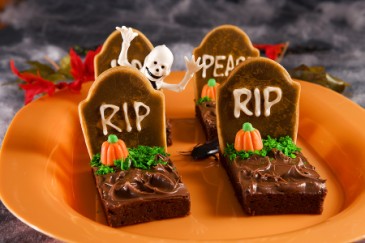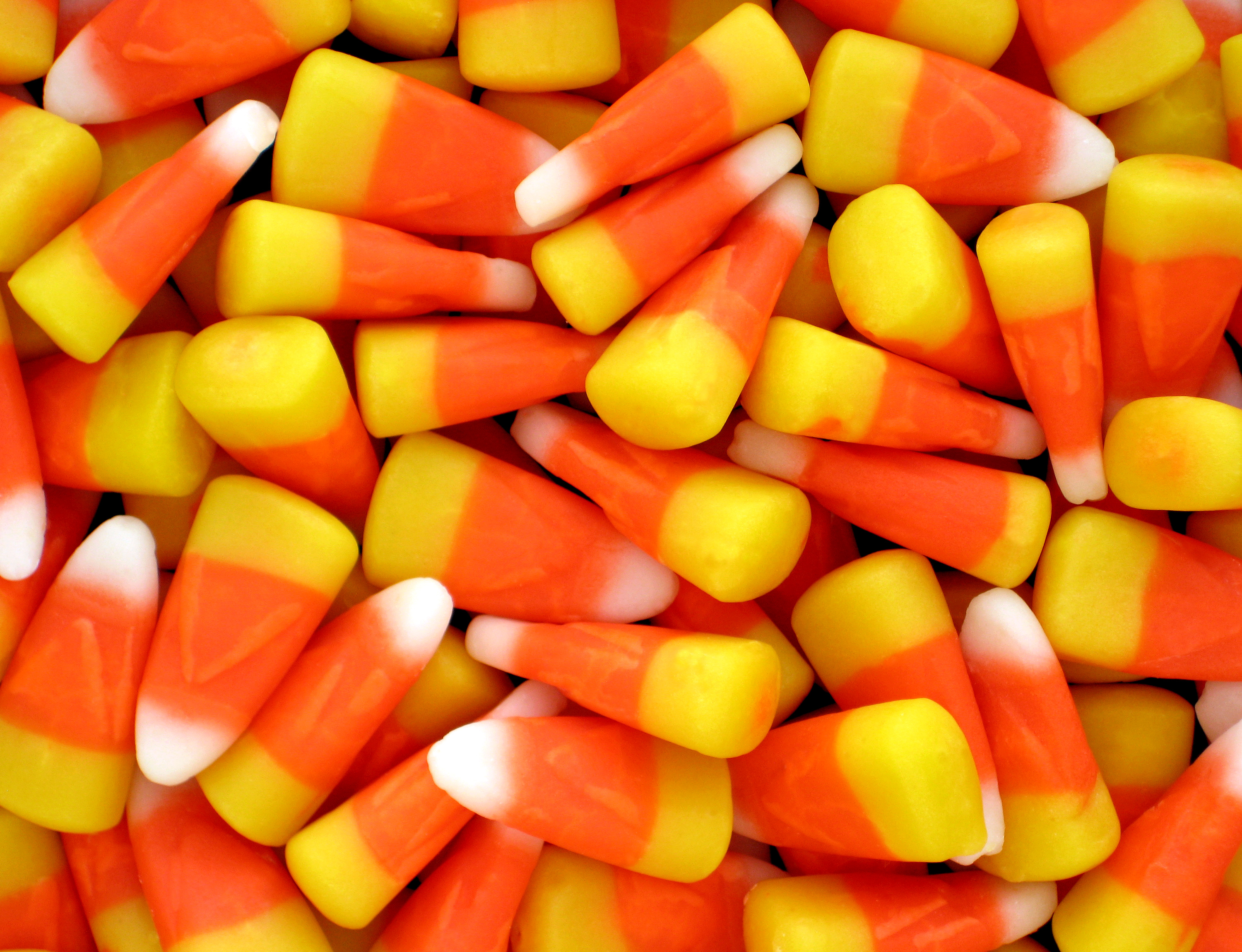There are lots of things to be afraid of on Halloween. Your
kid getting hit by a car while dressed in black as a ninja, a witch, or Severus Snape. Or somebody
kidnapping your black kitty and doing him harm.
All of that is completely bogus fearmongering. A lot of the fear was mongered by the advice columnist siblings Dear Abby and Ann Landers.
Dear Abby and Ann Landers Spread the Panic
According to Smithsonian magazine, on October 31, 1983,
advice columnist "Dear Abby" (the late Abigail Van Buren) published a column called "A Night of Treats, not Tricks." In that column, she warned her readers that, on Halloween, "somebody’s child will become violently
ill or die after eating poisoned candy or an apple containing a razor blade."
Twelve years later, Dear Abby's sister, advice columnist Ann Landers, also wrote a
Halloween article in which she warned that "Twisted minds make Halloween a dangerous time," echoing that
concern. She said, "In recent years, there have been reports of people with twisted minds
putting razor blades and poison in taffy apples and Halloween candy." She even stated flatly: "It is no longer safe to let your child eat treats that come from strangers." Thus making life difficult for candy companies all over the U.S.
And it turns out these "reports" were entirely bogus.
And every so often something happens that stirs up the stories again.
And every so often something happens that stirs up the stories again.
Abby may be forgiven for falling for the drama in 1983. The
1982 Tylenol poisonings
that killed seven people were fresh in everybody's minds. So the idea of a
crazed madman who wanted to kill random strangers was not far-fetched. It was
easy to merge them with the myths that were already out there about crazed
child murderers handing out tainted "treats" to the trick-or treaters.
Some Poisonings That Weren't
Here are some of the incidents that keep the myths alive, as reported by Snopes.
In 1970, a boy went into a coma from a heroin overdose and heroin was found sprinkled on his Halloween candy. It turned out he had got into his uncle's heroin stash and his family had sprinkled the heroin on the candy after the overdose.
In 1970, a boy went into a coma from a heroin overdose and heroin was found sprinkled on his Halloween candy. It turned out he had got into his uncle's heroin stash and his family had sprinkled the heroin on the candy after the overdose.
In 1982 the police in Detroit announced a boy had been
poisoned by cyanide in Halloween candy. But medical tests were inconclusive and
later FDA tests of the candy turned up no contamination whatsoever.
In 1990, a 7-year-old Santa Monica girl died of congenital heart failure while trick-or-treating. The police feared a mass random poisoning sent out an alert. Unfortunately the later retraction didn't travel anywhere near as far or wide as the initial false alarm.
The Halloween Poisoning Sleuth, Dr. Joel Best
For decades, Joel Best a sociologist at the University of
Delaware conducted a study of these stories. His findings: He never found a
confirmed case of a stranger murdering a child with poisoned Halloween candy.
He did find one case of a father who murdered his own son
with poisoned Halloween candy.
This was awful, but it was a one-off act of targeted
murder.
In 1974, a sociopath named Ronald Clark O'Bryan took out a
large life insurance policy on his 8 year old son Timothy a few days before
Halloween. On Halloween, he put some cyanide into Timmy's Pixy Stix and got him
to eat it before going to bed. He also poisoned some Pixy Stix he gave out to
local trick or treaters, so it would look as if his son's murder was part of a
random attack on local children.
Luckily none of the other children ate the candy, partly
because of quick reaction from local police, and partly because Mr. Clark had
resealed the Pixy Stix with staples that were too hard for a child to open.
Mr. Clark was executed in 1984, and maybe stories of his
horrible deeds also sparked the rumors that prompted Dear Abby's misguided
column.
Dr. Joel Best has tried hard over the years to destroy the poisoned Halloween candy myth, but he hasn't had much luck. "It's the old problem of trying to prove a negative," he says.
He says his favorite story is the one about the kid who
brought a half-eaten candy bar to his parents and said, "I think there's
ant poison on this." They had it checked and, sure enough, there was ant
poison on it—significantly, on the end he hadn't bitten.
It later turned out the kid had put the ant poison on the
candy himself.
What about the Stories of Razor Blades and Pins in Apples?
These seem to be more of the same.
| The razor blades were put there by the kids themselves. Nobody got hurt. |
According to author Jack Santino, who's written a number of books on the history and folklore behind Halloween,
"pins and needles" (and razor blade) rumors began to supplant "poisoned
candy" rumors in the mid-1960s, and nearly the reports turned out to be hoaxes:
He said, "more than 75 percent of reported cases involved no injury, and detailed followups…concluded that virtually all the reports were hoaxes concocted by the children or parents. Thus this legend type seems to have grown out of a tradition of ostensive hoaxes relying on an understood oral tradition, rather than on any core of authenticated incidents."
So poisoned candy is very much the stuff of fiction, but it has only the most tenuous attachment to fact. As writers, we'd do better to to write about poisoned chocolate Easter bunnies or Christmas candy canes and at least be creative about it.
He said, "more than 75 percent of reported cases involved no injury, and detailed followups…concluded that virtually all the reports were hoaxes concocted by the children or parents. Thus this legend type seems to have grown out of a tradition of ostensive hoaxes relying on an understood oral tradition, rather than on any core of authenticated incidents."
So poisoned candy is very much the stuff of fiction, but it has only the most tenuous attachment to fact. As writers, we'd do better to to write about poisoned chocolate Easter bunnies or Christmas candy canes and at least be creative about it.
What about you, readers? Did you believe these stories when you were a kid? Did your parents? Did your parents ban trick or treating because they were so afraid of mad poisoners?
The first book in the Camilla comedy-mystery series is FREE
GHOSTWRITERS IN THE SKY
A wild comic romp set at writers’ conference in the wine-and-cowboy town of Santa Ynez, California. When a ghostwriter's plot to blackmail celebrities with faked evidence leads to murder, Camilla must team up with a crossdressing dominatrix to stop the killer—who may be a ghost—from striking again. Meanwhile, a hot LA cop named Maverick Jesus Zukowski just may steal her heart.
Here's a list of all the posts in the poison series





